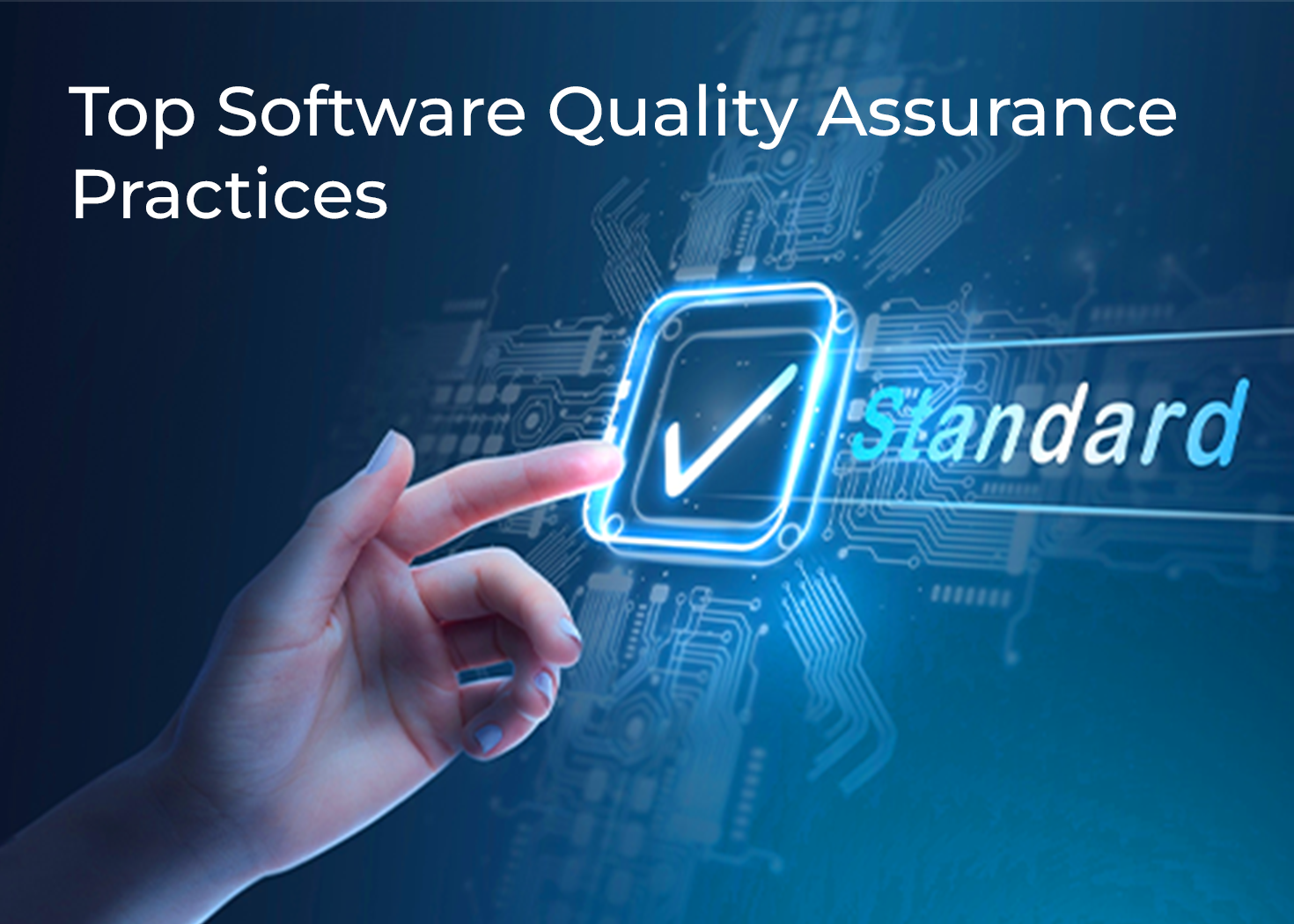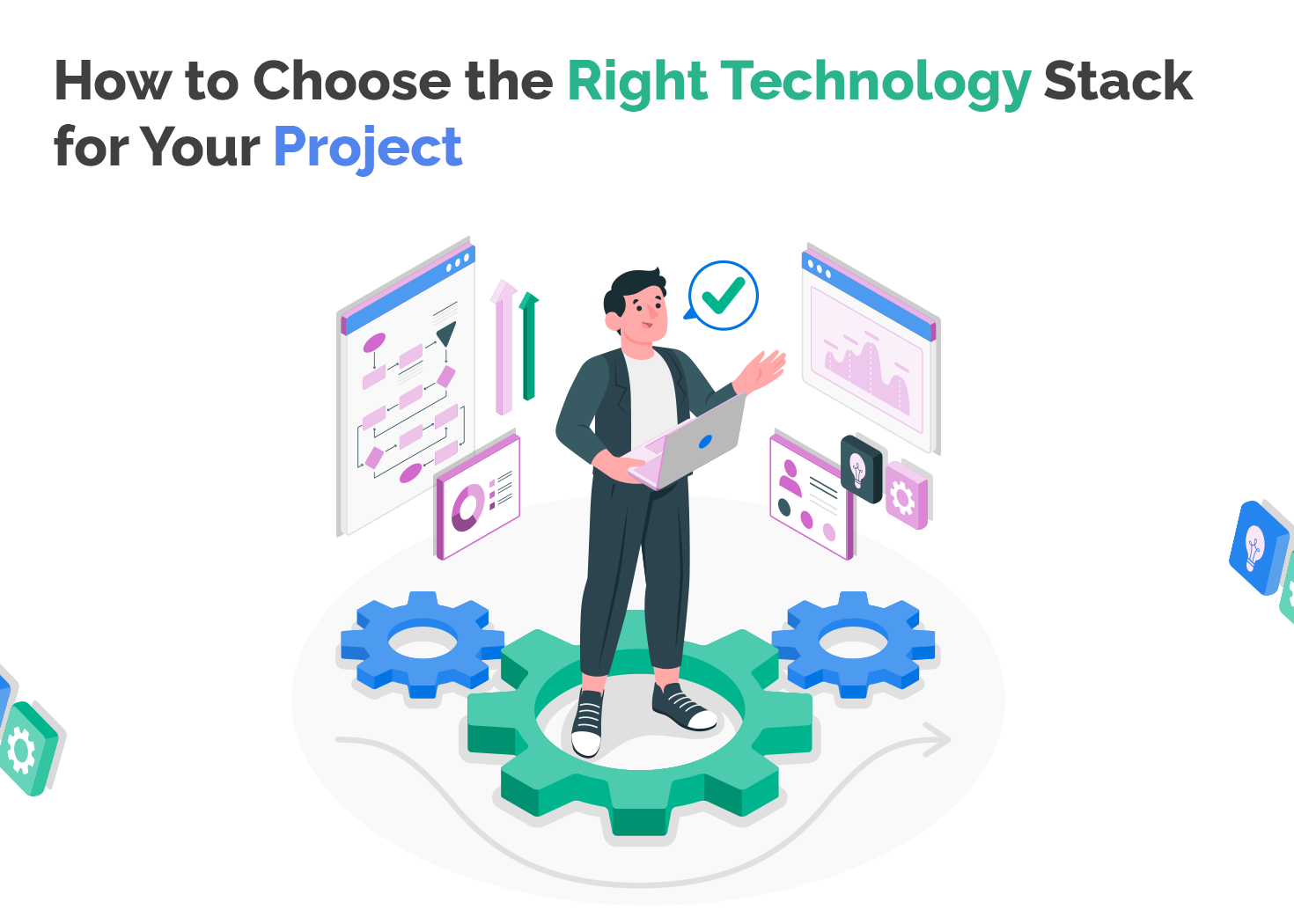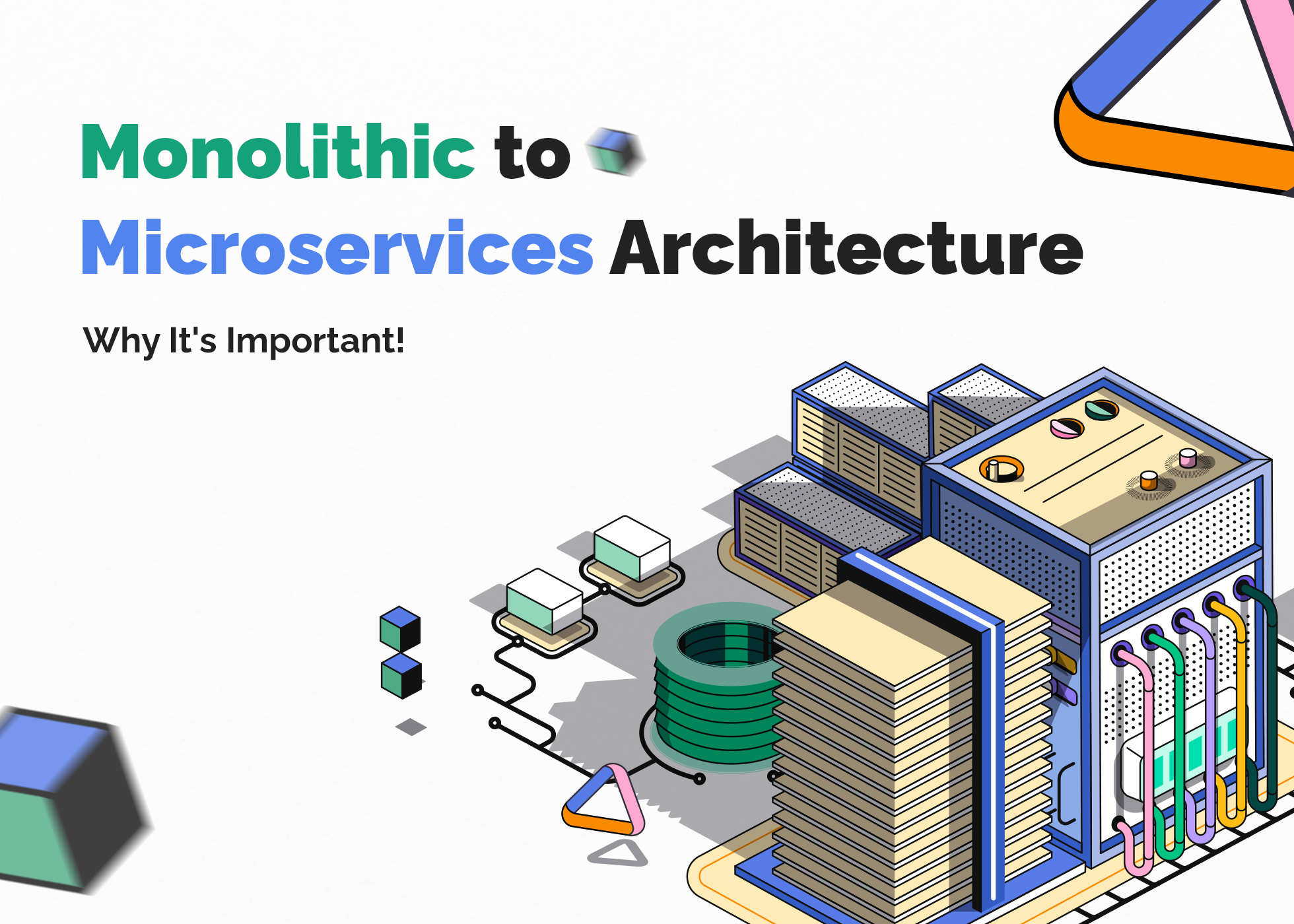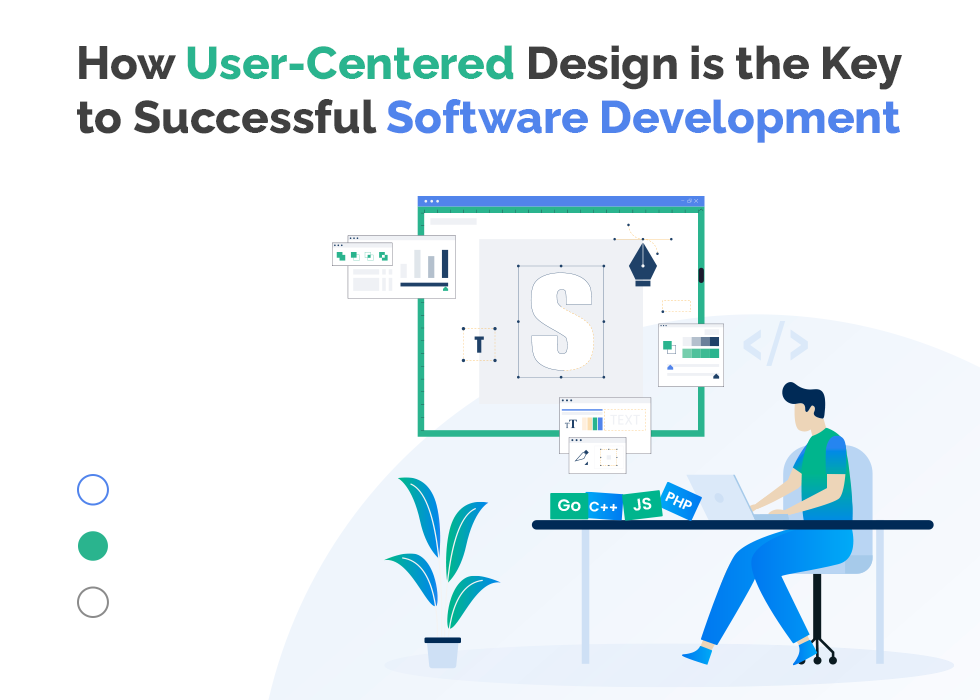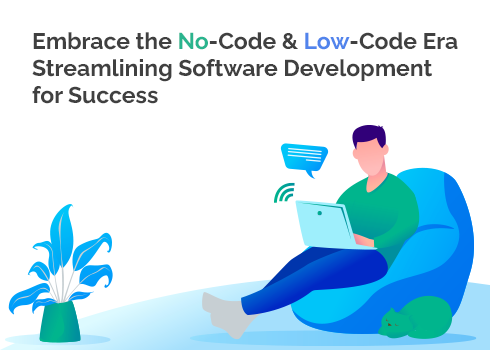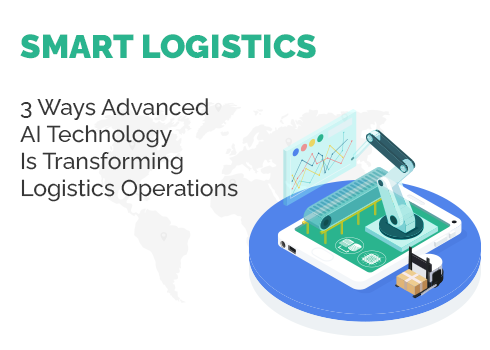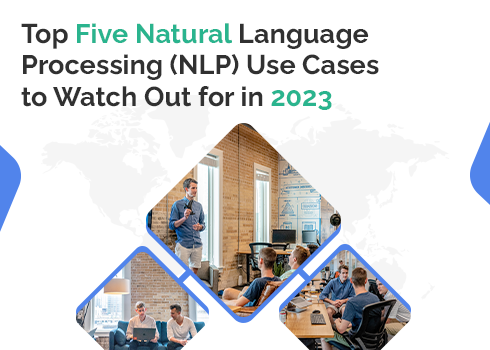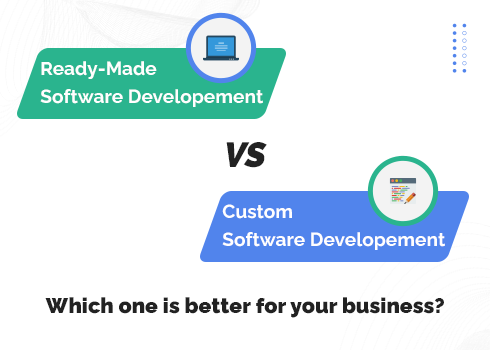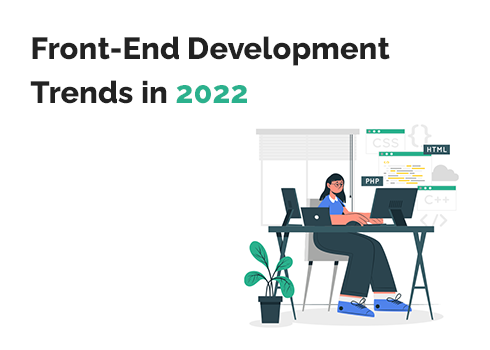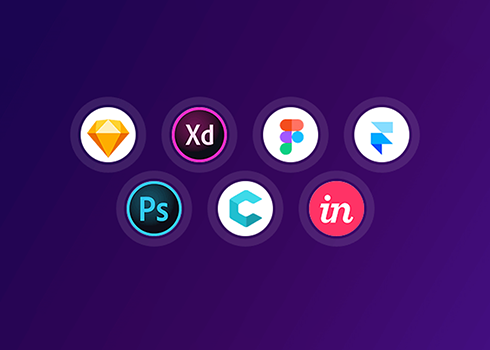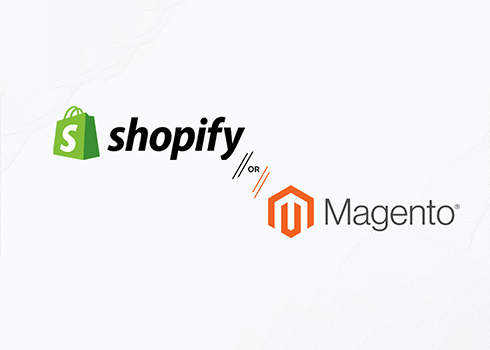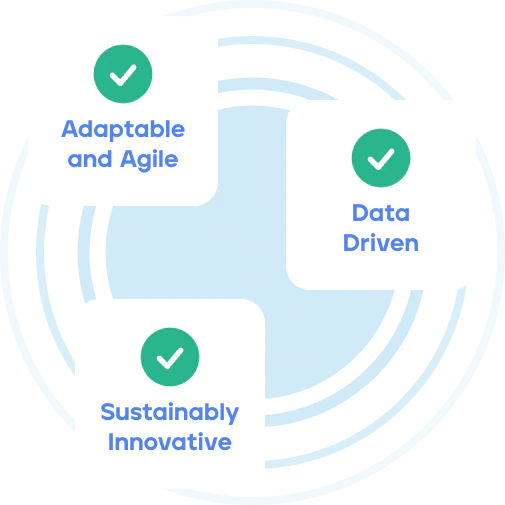What is a Technology Stack?
A technology stack, also known as a tech stack, is a set of software tools, programming languages, frameworks, libraries, and components used by developers to create and run applications. It is the foundation for developing a wide range of software solutions, such as web apps, mobile apps, desktop software, and others.
The Blueprint of a Technology Stack
A typical tech stack is divided into two main components: the front-end and the back-end.
The front-end, often known as the client side, is what users directly interact with. It includes everything that a user sees and interacts with while using an online or mobile application. The user interface (UI), design components, and presentation layer are all part of this. Developers generally employ languages like HTML, CSS, and JavaScript to create the front-end. Popular frontend frameworks for building dynamic and interactive user experiences include React, Angular, and Vue.js.
The back-end, or server-side, on the other hand, is in charge of handling data, processing requests, and ensuring the application's functionality. It is in charge of the server, database, and business logic. Backend development often entails the use of programming languages such as Python, Ruby, Java, or JavaScript (Node.js). The backend is in charge of serving data to the front-end as well as responsibilities requiring security, scalability, and data management. The front-end and back-end components work together to form a unified tech stack, with each playing an important part in delivering a full and efficient user experience.

Read more: Understanding 5G Technology: iPhone 15 and the Evolution of Mobile App Development Trends
Considerations when choosing a tech stack
-
Requirements Evaluation
The process of choosing a tech stack begins with a thorough understanding of your project's specific requirements. Is it a web app, a mobile app, or something else entirely? What features and functionality do you need to implement? Are your project's scalability, performance, or security requirements unique? You can narrow down the technological solutions that best meet your demands by thoroughly outlining your project's objectives. If you're following an Agile project development approach, this step is even more critical.
-
Team Competence
The expertise and skills of your development team play a significant role in selecting the right tech stack. Utilize your team's strengths by selecting technologies in which they are already proficient. Familiarity with a technology stack can lead to faster development, fewer errors, and smoother project progress. Alternatively, a willingness to learn new technology can widen your options, but you must account for the associated learning curve.
Read more: Transitioning From Monolithic To Microservices Architecture | Why It's Important
-
Ecosystem Assessment
When choosing a tech stack, it's crucial to assess the broader ecosystem surrounding your selected technologies. Look for active communities, extensive documentation, and readily available resources. A strong ecosystem can provide critical support and solutions when facing challenges during development. The availability of third-party integrations, plugins, and libraries can also be a significant advantage in speeding up the development process.
-
Scalability and Performance Needs
Consider your project's growth potential and performance requirements. Some technologies are better suited to high traffic and horizontal scaling, while others may have limitations. Understanding how your chosen stack handles scalability and performance will help you avoid bottlenecks and disruptions as your project grows.
-
Budget and Cost Considerations
Budget management is a critical aspect of tech stack selection. Examine the costs associated with the technologies you've chosen, which may include licensing fees, hosting fees, and development costs. To avoid unexpected financial challenges down the road, ensure that your tech stack aligns with your project's budget and evaluate its long-term sustainability.
Top Software Development Stacks
MEAN Stack:
The MEAN stack (MongoDB, Express.js, Angular, and Node.js) is a powerful full-stack JavaScript framework. MongoDB serves as the NoSQL database, Express.js serves as the server-side framework, Angular serves as the front-end framework, and Node.js serves as the server runtime. It's widely used for creating dynamic web applications.
LAMP Stack:
The LAMP stack, which stands for Linux, Apache, MySQL, and PHP (or Python/Perl), has long been used in web development. The operating system is Linux, the web server is Apache, the relational database is MySQL, and PHP (or other scripting languages) is used for server-side scripting.
Ruby on Rails:
Ruby on Rails, a web application framework based on the Ruby programming language, is known for its developer-friendly, convention-over-configuration approach. This makes it a popular choice for agile and adaptive software development, allowing rapid web application development.
Choosing the right technology stack is a critical step in your software development journey. At Gigalabs, our well-equipped team is ready to assist you in making the right choices for your project's tech stack and development needs. Contact us today at sales@gigalabs.co to explore a path of technological innovation, where your project can benefit from our expertise.









